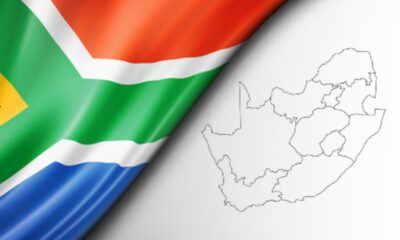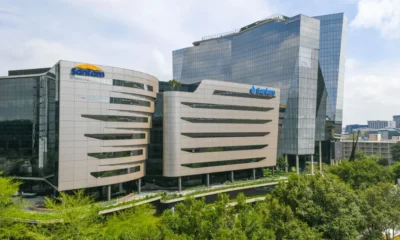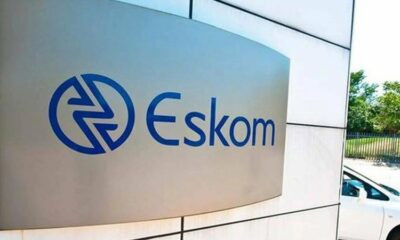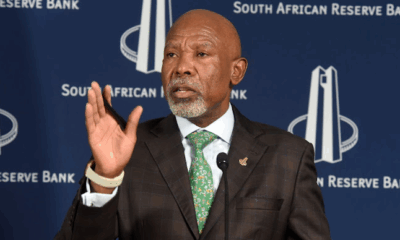Business
Lower Inflation Target Could Unlock Economic Growth, Says SARB Governor

South Africa could be heading toward a new era of lower inflation and interest rates—one that may unlock long-term economic growth. This was the message from South African Reserve Bank (SARB) Governor Lesetja Kganyago during a media briefing on Thursday, where he explained how a tighter inflation target could reshape the country’s economic future.
Kganyago confirmed a 0.25 percentage point cut in the lending rate, bringing the prime interest rate down to 10.75%. It’s South Africa’s fourth cut since September last year and mirrors similar moves in the UK, Europe, and New Zealand. But the bigger story is the central bank’s vision: reducing the country’s official inflation target to around 3%.
Why Change the Target?
South Africa’s current inflation target range of 3% to 6% has long been seen as too wide by many economists. With inflation sitting at 2.8% in April—just below March’s 2.7%—Kganyago noted that there’s now room to reconsider that range. “Both internal and external assessments show the current target is too high and too broad,” he said.
Conversations between the Reserve Bank and National Treasury are already underway, and Kganyago says the technical work on a revised target is in an “advanced stage.”
The Economic Payoff
A lower inflation target could have significant ripple effects. According to Old Mutual’s chief economist Johann Els, reducing the target to 3% would not only keep the cost of living in check but also help anchor the exchange rate and lower borrowing costs over time.
“If inflation can be kept steady at 3%, the repo rate could potentially drop to 6% over the next two years—rather than just to 7% under the current target,” Els said.
FNB’s chief economist, Mamello Matikinca-Ngwenya, added that the rate cut reflects the Reserve Bank’s growing emphasis on local economic fundamentals, amid weakening global conditions and slow growth in key sectors such as mining and manufacturing.
Mixed Growth Outlook
While inflation is under control, economic growth remains a concern. SARB has revised its 2025 GDP growth forecast downward from 1.7% to just 1.2%, slightly below Finance Minister Enoch Godongwana’s own projection of 1.4%.
First-quarter figures are still pending, but the early indicators point to sluggish momentum, especially in the productive sectors. Last year, the economy grew by only 0.6%.
Relief for Consumers
Despite the subdued growth outlook, the latest rate cut offers a silver lining for consumers and homeowners. “Any easing in the interest rate environment is a meaningful win for consumers,” said Adrian Goslett, CEO of RE/MAX Southern Africa.
BetterBond’s national head of sales, Bradd Bendall, also pointed out that the trend in inflation has been steadily downward since last year, reinforcing the Reserve Bank’s decision.
What Comes Next?
With the inflation outlook for 2025 now at 3.2%—down from an earlier projection of 3.6%—there’s room for two more rate cuts of 25 basis points each, likely in July and September. This would further ease pressure on borrowers and potentially stimulate economic activity.
Kganyago remains focused on the Reserve Bank’s core mission: “We aim to lock in low inflation and pave the way for sustainably lower interest rates,” he said.
If successful, this shift could help South Africa transition into a low-inflation, low-interest rate environment—making life easier for consumers and giving the economy the breathing room it sorely needs.
{Source: IOL}
Follow Joburg ETC on Facebook, Twitter , TikTok and Instagram
For more News in Johannesburg, visit joburgetc.com



























